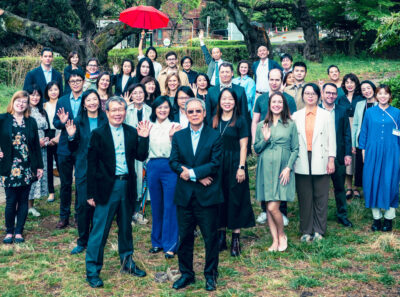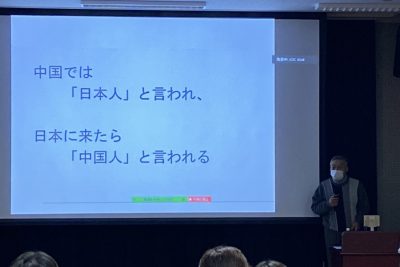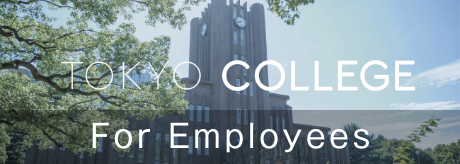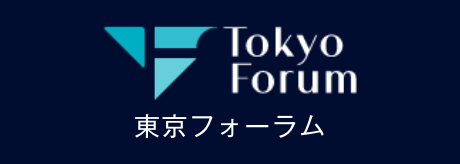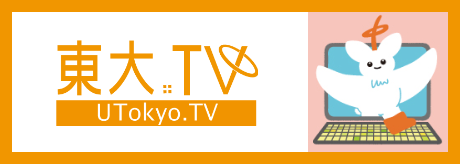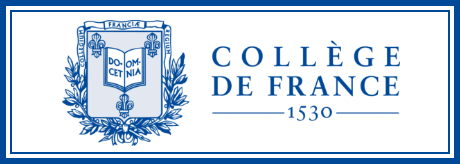Historical Context for COVID 19 policies in Japan and Asia(2)
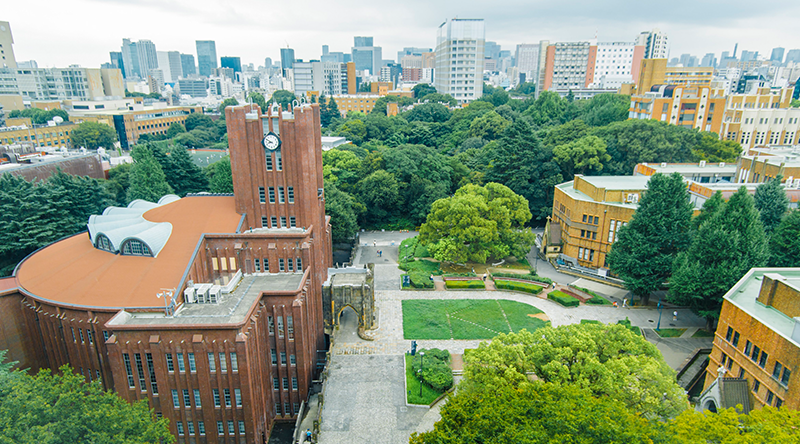
In my previous posting on this topic, I examined the history of quotidian social practices, mask-wearing in particular, which have been relatively distinctive in Asia in general, and Japan in particular. This practice helps explain the comparatively limited spread of COVID-19 in both Japan and elsewhere in Asia. Here, I turn to the historical grounding of state policies that appear relatively distinctive to Japan. When I began to draft this essay, in early May, I believed these policies were distinctive to Japan. But I did not believe the government declaration of a relatively “soft” state of emergency would be sufficient to achieve the stated goal of an 80 percent reduction in social interactions. Various estimates based on “big data” analysis suggest that, indeed, an 80 percent reduction was not reached. Even so, the soft state of emergency did reduce interactions quite significantly.
Historically embedded state policies
Many commentators both within Japan and around the world have emphasized the uniqueness of Japan’s policy of a soft state of emergency. The declaration of emergency was enacted by law. But the emergency measures taken under this law, such as closing of restaurants and bars, and many workplaces, took the form of requests and instructions to limit social interactions that held risk of spreading COVID-19, rather than orders and fines or arrests,. This is indeed a notable contrast between Japan and just about every other major country in Asia, Europe or North America. What is the source of this policy?
The turn to a “soft” state of emergency was not the way the Japanese government dealt with epidemic disease in the past. In the Meiji period, cholera was a major problem. The government enacted mandatory confinement in response. As described in a recent article by the historian Barak Kushner, in 1877, the new Meiji state enacted a series of cholera prevention laws. These gave the police powers to test, isolate and sanitize the living areas of people who came down with the disease. And from the late Meiji era well into the postwar decades, the Japanese government took harsh mandatory measures to isolate those suffering from leprosy. In 1907 the Leprosy Prevention Law mandated that doctors report leprosy patients and gave the police power to force them to live in designated and often very isolated facilities. These laws remained in force decades after medical advances made it possible to treat leprosy. The disease remained a horrible social stigma until lepers were removed from quarantined facilities in 1996.[1]
Thus, the relatively soft state of emergency put in place by the Japanese government to deal with COVID 19 is not only different both from harsher restrictions imposed in other countries, both in Asia (China, South Korea, Singapore) and in Europe and the United States. It is also different from Japan’s historic response to cholera and, more recently, leprosy.
One common explanation for the unusual Japanese response is that postwar democracy has taken such deep roots that the state cannot take harsh steps to restrict individual freedom. I see this as only part of the story. After all, nations such as France, or the UK, or the US, that have imposed much harsher restrictions, backed up by police power, have long and deep histories of protecting individual liberties. And the harsh policies toward leprosy continued far into the postwar era.
I think the Japanese response is rooted not only in a liberal commitment to resisting state impositions on personal freedom. It also grows out of a modern tradition of the use of persuasion in state-society relations with roots going back to the Meiji era. This practice ran parallel to, and separate from, the harsh policies toward cholera or leprosy. In the prewar and wartime eras, it was mainly used for social purposes other than disease control.
My colleague at Princeton University, the historian Sheldon Garon, refers to this practice as “moral suasion” (kyōka). It has roots in Buddhist and Confucian thinking about educating and cultivating others. This term was used in the Meiji period through the 1920s. In later years, these projects were variously described with the term “mobilization” (dōin), during wartime especially, or the term "campaign" (undō), in the postwar era. Garon describes moral suasion as grounded in belief that states and various groups in society can enlighten and then mobilize or persuade the populace to behave in desired ways.
Especially from the 1920s through the 1980s, we find mobilization, and campaigns, promoted by the government—without compulsory legal force—aimed to promote saving, restrain consumption, buy Japanese products, improve hygiene by wiping out mosquitoes and flies in city neighborhoods and rural villages, or teach women to be "scientific" mothers and wives. Savings campaigns continued up to the 1990s. We also see moral suasion, rather than compulsion, in the calls for voluntary cuts in energy consumption during the oil crises of the 1970s, and the response to the 3.11 disaster in 2011.
These campaigns, Garon shows in his work (especially the book called Molding Japanese Minds), rested on an elaborate social infrastructure of semi-official organizations that reached from the state to the neighborhood. Examples include women's associations (funjinkai), veterans associations (zaigo gunjinkai), agricultural cooperatives (called sangyō kumiai), youth associations, savings associations, neighborhood associations. When the government wanted to modify mass behavior, it used media such as magazines and posters. But most importantly, state officials joined in partnerships with these civil organizations, working jointly to persuade people to save, to be punctual, to buy Japanese products, or to cut back on consumption.[2] Many of these organizations no longer exist, or they do not any longer exist in the same form. But other organizations have emerged over time, that have stepped in to play important roles. These include PTA, various NPO, civic organizations such as the Rotary or Lions club. The key point here is that the “requests” for cooperation to limit social interactions were not simply broadcast in a general way via media to the nation. They were passed on specifically through many intermediary organizations to their members.
Another aspect of this infrastructure by which the state reaches the society and economy derives from the long history in Japan of so-called “administrative guidance” (gyōsei shidō) . The policy of administrative guidance emerged historically parallel to the development of programs for moral suasion. While the latter links the state to social organizations, the former connects the state to economic ones. These twin aspects of state-society connection are two sides of a single coin. In the response to COVID-19, both have been present. The classic work of Anglophone political science to describe the evolution of administrative guidance from the 1920s through the 1970s is Chalmers Johnson’s MITI and the Japanese Miracle. Scholars have since argued that Johnson overstated the effectiveness of state efforts to guide business decisions and practices during the decades of high economic growth or claimed that the state’s hand in economic life has been far less visible in recent decades. But the coordination between state agencies and industrial organizations in shaping responses to COVID-19 has been truly impressive. On May 14, pointing toward the gradual reopening of the economy, the government published a list with hyperlinks to the specific reopening guidelines for each of 81 economic federations, with the name of the industrial sector, the specific federation, the relevant state ministry, and they hyperlink to detailed documents for each group. That such federations exist is no surprise and hardly unique to Japan. The United States also boasts a national federation of warehouse companies (#72 in the document). But they do not appear to operate with the same intimate cooperative relationship with the state. Before plans were made to reopen, in a similarly orchestrated fashion these same organizations had been passing on requests and guidance from relevant state agencies on how to close down. That it was possible to pull together this carefully coordinated and detailed set of guidelines for reopening and make them public a week before the state of emergency began to be relaxed suggests that “administrative guidance” is alive and well in Japan.
When the government launched its soft “state of emergency” in early April, I was not confident that the social and economic infrastructures of moral suasion or administrative guidance still existed to an extent that would allow policies of persuasion, rather than compulsion, to be sufficient. But the outcome to this date, still of course far from the end of the COVID-19 crisis, suggest that Japan still possesses an effective structure of persuasion, as well as new mechanisms for persuasion in the form of social media. It is too soon to declare victory, and one finds some problematic cases of SNS bullying, to be sure. But it is noteworthy that nations in Asia, including Japan, took varied approaches that have been relatively successful in coping with COVID-19. There seem to be diverse models and lessons to be drawn from experience in Asia, not just one best practice.
[1] Barak Kushner, “Japan’s dark history with emergencies” in Nikkei Asian Review, April 20-26.
[2] Sheldon Garon, Molding Japanese Minds (Princeton University Press, 1997).


